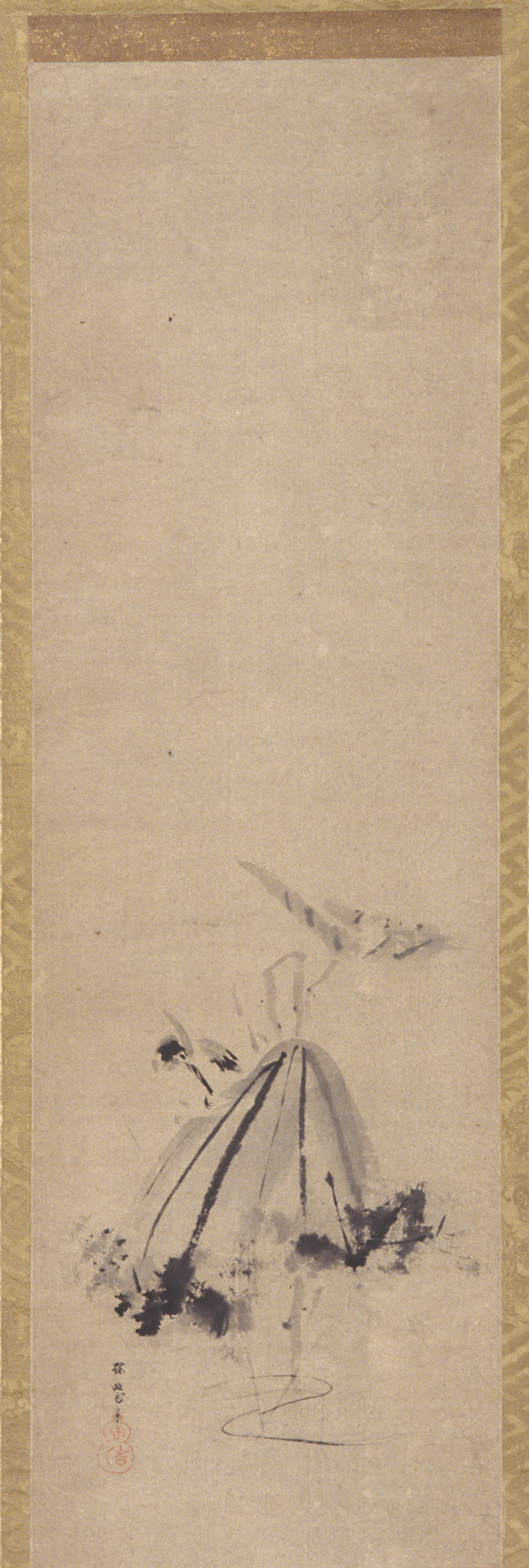Lotus, Kanō Tan'yū
Artwork Overview
Kanō Tan'yū, artist
1602–1674
Lotus,
mid 1600s, Edo period (1600–1868)
Where object was made: Japan
Material/technique: paper; ink
Dimensions:
Image Dimensions Height/Width (Height x Width): 87.2 x 27.3 cm
Sheet/Paper Dimensions (Height x Width): 162.6 x 31.1 cm
Image Dimensions Height/Width (Height x Width): 34 5/16 x 10 3/4 in
Sheet/Paper Dimensions (Height x Width): 64 x 12 1/4 in
Image Dimensions Height/Width (Height x Width): 87.2 x 27.3 cm
Sheet/Paper Dimensions (Height x Width): 162.6 x 31.1 cm
Image Dimensions Height/Width (Height x Width): 34 5/16 x 10 3/4 in
Sheet/Paper Dimensions (Height x Width): 64 x 12 1/4 in
Credit line: Gift from the Ssu-ch'uan-ko Collection
Accession number: 1994.0080.01
Not on display
If you wish to reproduce this image, please submit an image request
